In traditional commerce, mobile phones and cars are hardware that does not intersect, but in the smart connected business ecosystem, there is a possibility of full integration.
IBM further believes that new technologies represented by cognitive computing will change the relationship between people and cars. In the future, cars will not only be vehicles, but also mobile data centers and cognitive centers. In the future, smart cars will achieve the same technological ecological position as smartphones.
In the first half of 2015 and the first half of 2016, the IBM Institute for Business Value conducted two surveys on the theme of “Automobile 2025â€. In 2015, it surveyed 175 auto industry executives worldwide. In 2016, it surveyed 16 of the world's largest. 16469 consumers in the automotive market. The results of two surveys show that in the era of smart connected cars, the relationship between consumers, cars and companies is undergoing subversive changes.
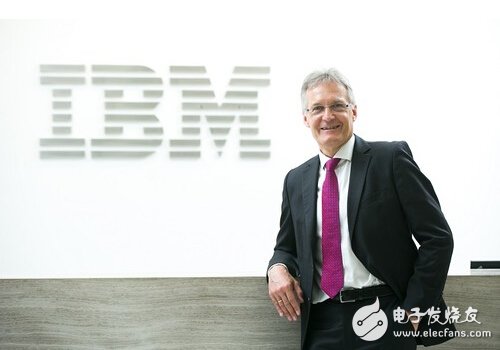
Six future automotive new technologies
Alexander Scheidt, vice president of the automotive industry at IBM Global Business Services, understands the future of the car: "In the future, people will live more in the car, and the car will become an extension of the living room or office." Behind this is what the future car will have. Six major technologies.
According to the "IBM Auto 2025" outlook, the global automotive industry executives and mainstream consumers are most interested in the future of the six major automotive technologies:
Self-repair
self-study
Self-configuration
Self integration
Autonomous driving
Self-social
Self-repair refers to the analysis, prediction and automatic maintenance of the car itself. Self-learning refers to the automatic learning of the data of the car. Self-configuration refers to the automatic configuration of personal mobility preferences to the car, self-integration and other intelligent devices of the car network. Integration, autonomous socialization, and autonomous driving refer to car socialization and driving without human intervention. Among them, Chinese consumers are most interested in autonomous driving, self-social and self-repair.
"In the future, cars and people first know each other and understand each other." Alexander said, "For example, if you want to buy a cup of coffee on your way to work, the car will recommend which coffee shop does not line up, whether there is a discounted croissant, how the road conditions Wait, then take you to the coffee shop according to your choice."
Six Future Automotive Digital Services
New technologies have led to the emergence of new consumption. People and future cars are no longer one-way relationships, and today's people, smartphones and social networks are network-like. In the future, not only do people know cars, but cars also “know†people. The identity of car owners can roam to any car. “Subscription mode†and “share mode†will greatly change the future car business ecology.
Especially under the influence of new modes of travel such as Uber and the concept of sharing economy, consumers' consumption attitudes, consumption patterns and consumption behaviors of automobiles are undergoing tremendous changes. In terms of value-added digital services, according to the "IBM Auto 2025" outlook, information, entertainment, business, health, housekeeping, education and geolocation services are the six major digital car services that consumers are most interested in.
Information and health services (heart condition monitoring or blood pressure monitoring, etc.) receive the highest level of attention in all age groups in the emerging automotive market. In the mature car market, the most concerned are information, entertainment (music, video and social) and business services (retail payments, etc.).
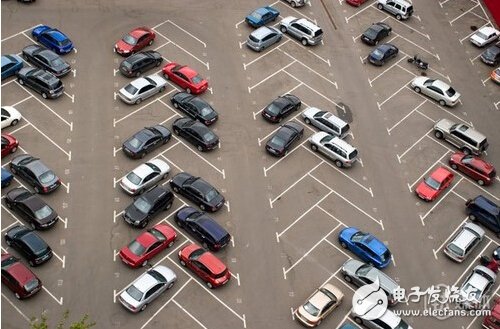
Interestingly, geographic and educational services have received the least attention among all consumers surveyed. For educational services, this may be because there are no educational software products for fragmented driving scenarios. For geolocation services, the results of the survey indicate that consumers do not like random fragmented marketing, and cognitive computing can integrate fragmented geolocation services.
In terms of the willingness to buy a car, 24% of the main car consumers over the age of 35 will reduce the number of private cars in the next decade, and the number of people using carpooling will increase by 2.3 times. In China, the figures are 17% and 1.1 times. In other words, there are more consumers who are willing to turn to sharing the way they use their cars.
Future automotive technology business ecology
As the "History of Humanity" describes the general trend of human history: things are always striking toward a unified form of globalization. The car is also no exception. IBM's judgment is that the future car will be globally homogenized like today's smart phones. The difference lies in value-added intelligent services, which will be an autonomous automotive technology ecosystem driven by cognitive computing, data analysis and car networking.
Cognitive computing is based on artificial intelligence algorithms, while artificial intelligence algorithms can evolve synchronously with data. To put it simply, the data of a person driving a car for one year is equivalent to the data of 365 cars driving a day, so the "evolution process" of one year is compressed to one day. In addition, "autonomous" cars can not only sense the data inside the car, but also the surrounding data of the vehicle. Future “autonomous†vehicles based on cognitive computing not only have independent cognitive abilities, but also form collective autonomous thinking among all connected cars.
When there are hundreds of millions of autonomous cars based on cognitive computing running in all corners of the world, the machine cognition network and the autonomous machine thinking that are connected to each other will undoubtedly greatly affect the development process of automobiles and car services. And even the reinvention and re-creation of the entire automotive business ecosystem.
It is IBM cognitive computing that gives unlimited development and imagination to all of this. At the Frankfurt Motor Show in September 2015, IBM launched the IoT solution for the automotive industry based on Watson IoT's cognitive IoT technology. Cognitive Internet of Things combines IBM's artificial intelligence algorithms and machine self-learning technologies, coupled with existing big data and real-time data analysis capabilities, to create a globally autonomous intelligent technology platform for the future car.
In the recent cross-border operation of connected cars, Wang Tao, general manager of the automotive industry of IBM Global Business Consulting Services in Greater China, said that IBM has more than 30 technical patents for precise positioning and analysis of moving objects, through data transmission, storage and calculation. Analysis, providing real-time traffic conditions, environmental analysis and location-based weather forecasting, can provide car service providers with new business opportunities for cross-border operations based on data analysis and precise geolocation. IBM is also working closely with OEMs such as BMW, Mercedes-Benz, Ford, Honda and Peugeot Citroen in the areas of connected cars, data analysis and the Internet of Things.
Today's business and society are in an era of dramatic change, not only witnessing the massive popularity of Watson's cognitive computing and cognitive commerce, but also witnessing the collapse of revenues from "myth" companies such as Gree, and the 21-year-old Yahoo. Seeking to be sold. "IBM Auto 2025 Outlook" reveals a future automotive business ecosystem, which may open up the future space for the next major development opportunity in the social economy.
Features: 12v Dc geared motor drive precision, small volume, large torque, low noise, durability, low energy consumption, customized power design,easy installation, easy maintenance;Simplify design and save space.
12V Dc Gear Motor, namely gear reduction motor, is based on ordinary Dc Motor, coupled with gear reduction gearbox.
The gear reducer is used to provide low speed and large torque.
At the same time, the gearbox with different deceleration ratio can provide different speed and torque.
Generally different industries, using different power dc motor, generally adopt custom parameter design pattern.

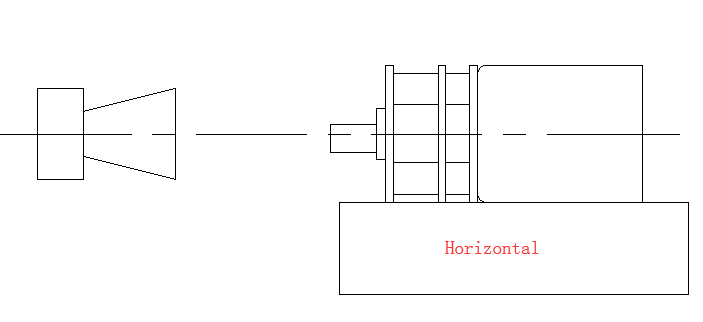
Method of use: the best stable in horizontal plane, installed on the 12v dc gear motor output shaft parts, cannot use a hammer to knock,knock prone to press into the 12v dc gear motor drive, may cause damage to internal components, and cannot be used in the case of blocked.

Operating temperature range:
12v Dc geared motors should be used at a temperature of -10~60℃.
The figures stated in the catalog specifications are based on use at ordinary room temperature catalog specifications re based on use at ordinary room temperature (approximately20~25℃.
If a geared motor is used outside the prescribed temperature range,the grease on the gearhead area will become unable to function normally and the motor will become unable to start.Depending on the temperature conditions ,it may be possible to deal with them by changing the grease of the motor's parts.Please feel free to consult with us about this.
Storage temperature range:
12v Dc geared motors should be stored ta a temperature of -15~65℃.
In case of storage outside this range,the grease on the gearhead area will become unable to function normally and the motor will become unable to start.
Service life:
The longevity of 12v Dc geared motor is greatly affected by the load conditions , the mode of operation,the environment of use ,etc.Therefore,it is necessary to check the conditions under which the product will actually be used .The following conditions will have a negative effect on longevity.Please consult with us should any of them apply.â—Use with a load that exceeds the rated torque
â—Frequent starting
â—Momentary reversals of turning direction
â—Impact loads
â—Long-term continuous operation
â—Forced turning using the output shaft
â—Use in which the permitted overhang load or the permitted thrust load is exceeded
â—A pulse drive ,e.g.,a short break,counter electromotive force,PWM control
â—Use of a voltage that is nonstandard as regards the rated voltage
â—Use outside the prescribed temperature or relative-humidity range,or in a special environment.
â—Please consult with us about these or any other conditions of use that may apply,so that we can be sure that you select the most appropriate model.
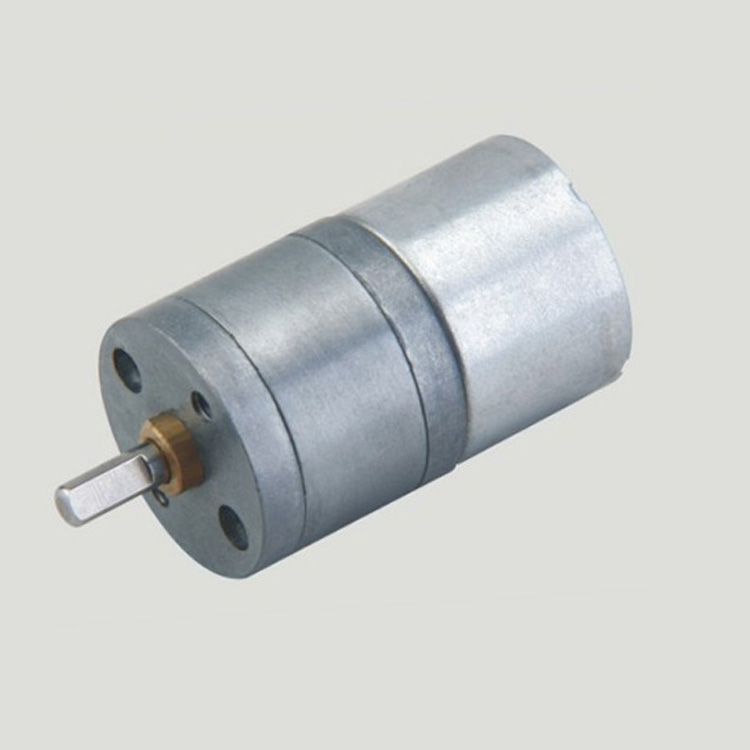
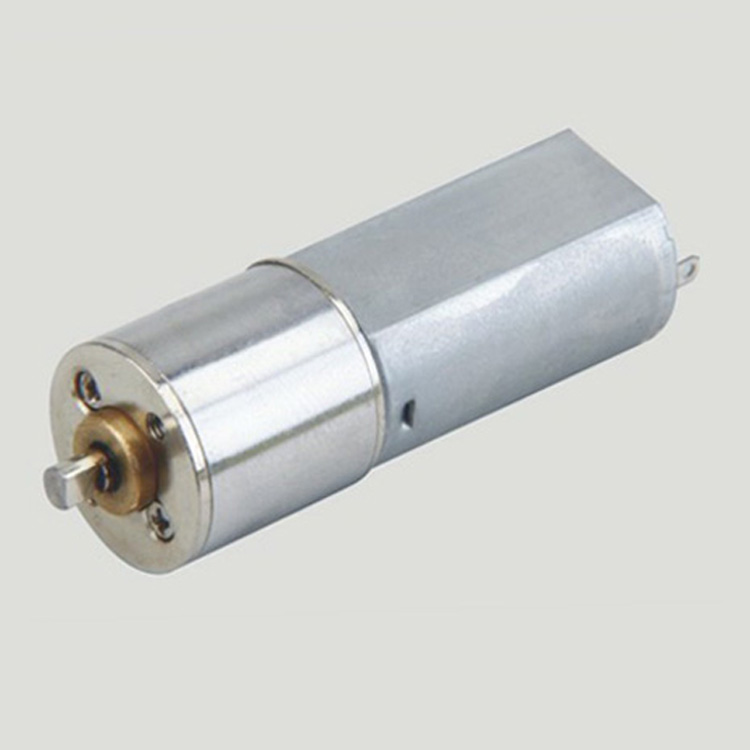
when it come to volume production,we're a major player as well .each month,we rurn out 600000 units,all of which are compliant with the rohs directive.Have any questions or special needed, please contact us, we have the engineer group and best sales department to service to you Looking forward to your inquiry. Welcome to our factory.
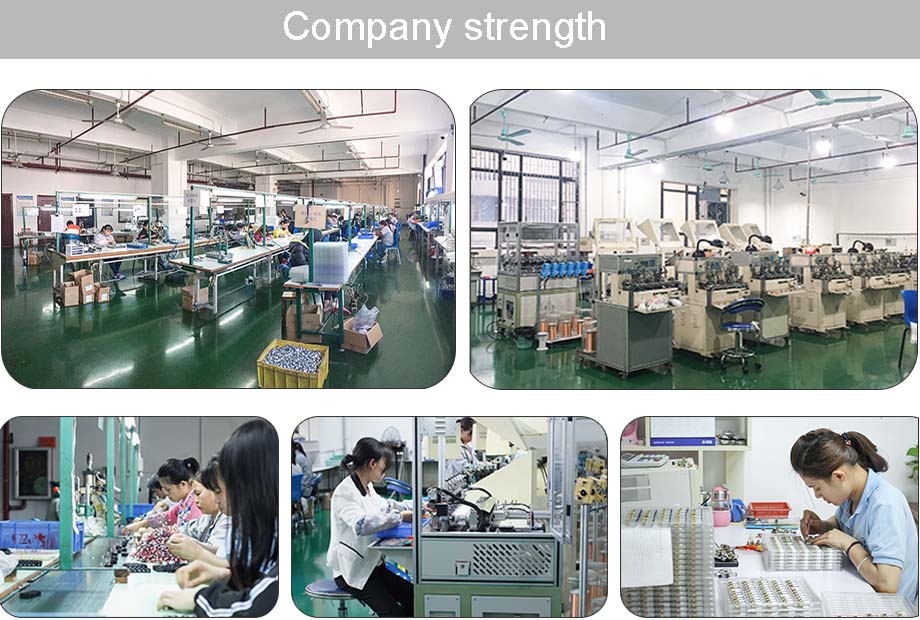
12V Dc Gear Motor,Dc Gear Motor 12V,12V Gear Motor,12V Dc Gear Motor 30 RPM
Shenzhen Shunchang Motor Co., LTD. , https://www.scgearmotor.com